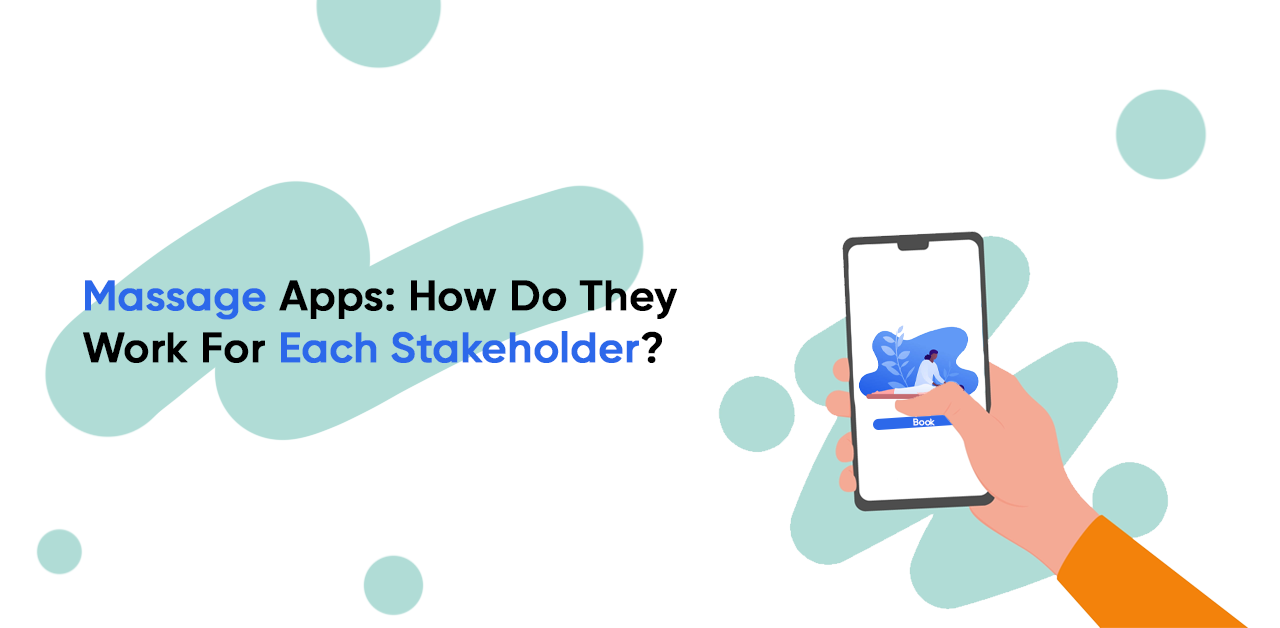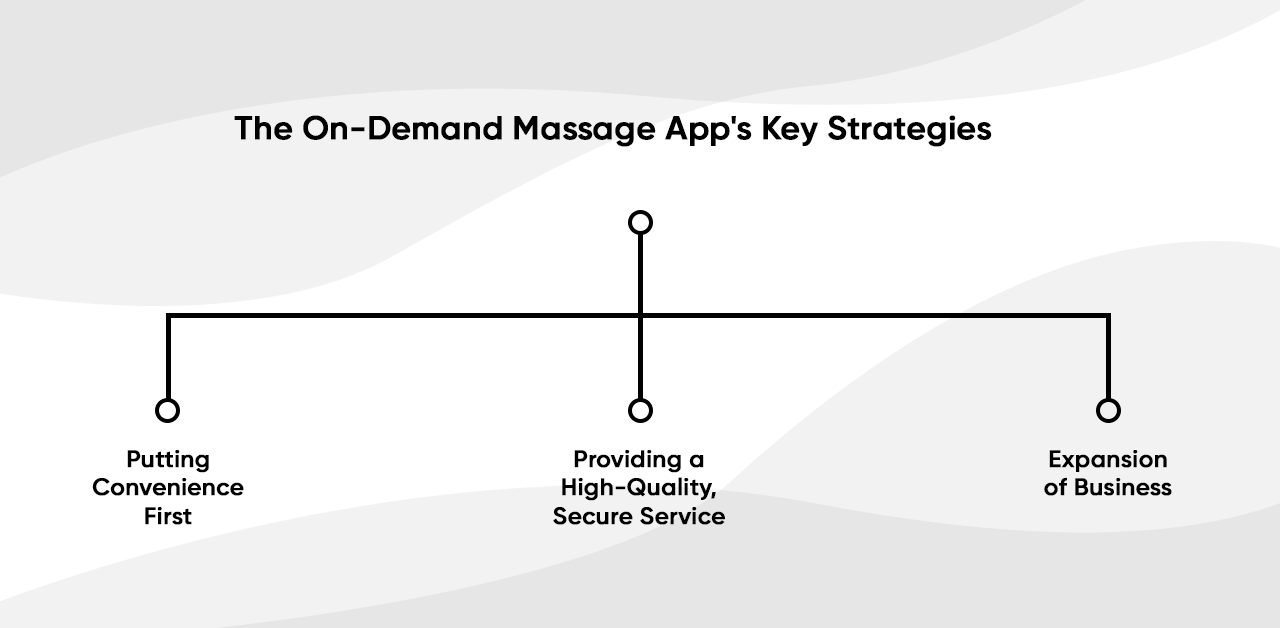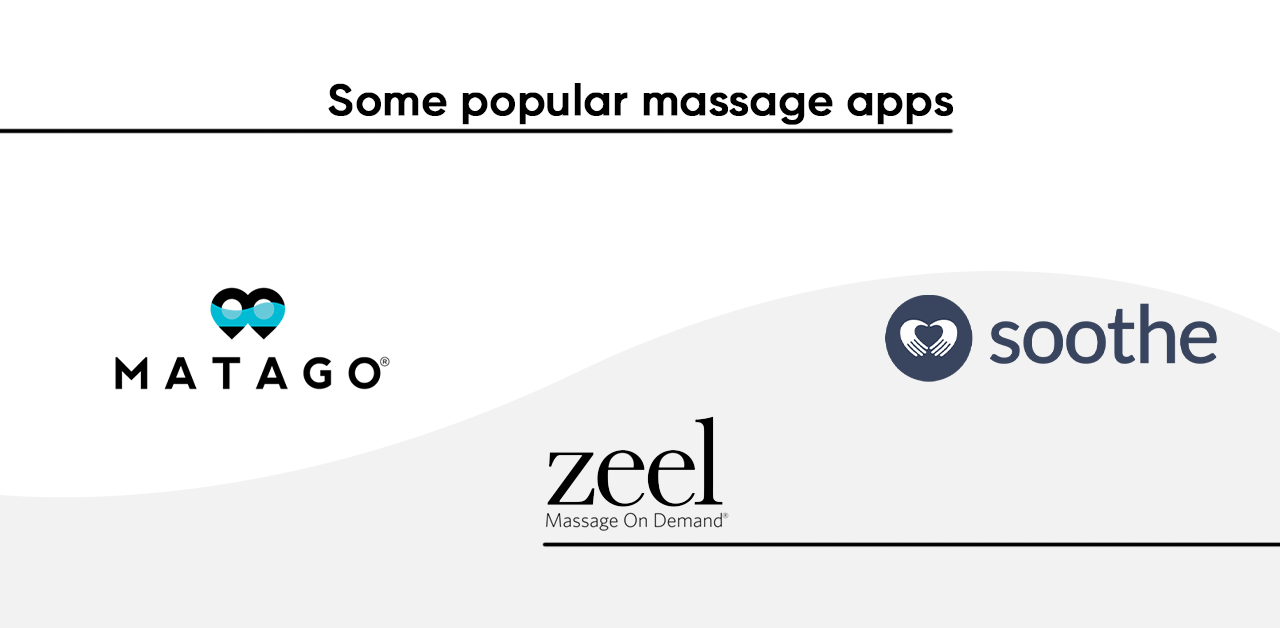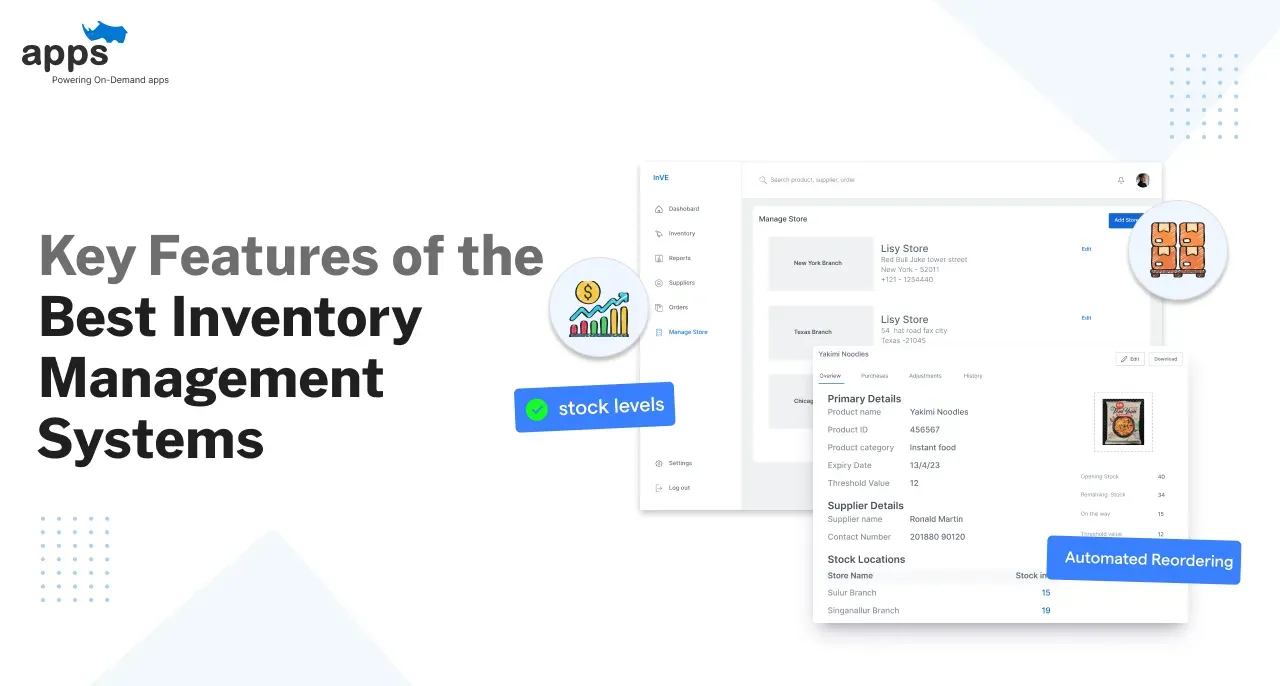What is a Massage App? Complete Guide

Introduction- What is Massage app?
Massage mobile apps are becoming increasingly popular around the world.
The business model pioneered by Uber, the ride-hailing app, has thrived as people's desire for near-instant goods and services at the touch of a smartphone icon has grown.
Several companies have emerged in the massage-apps space, capitalizing on consumers' desire to schedule a massage with little notice and providing clients with therapists who have been vetted and approved in some way before booking.
With high levels of stress, a limited amount of time, and the demands of modern life, people need to find a creative way to take care of themselves. For professional massage therapists, the rise of these services represents an opportunity for flexible working arrangements and the chance to earn some extra money.
Summary
As the name implies, booking your massage service via an app is a feature of message apps. If you want to start an on-demand massage service app, bring together all types of massage therapists on a single app where users can search, select, schedule, and avail of their desired massage services at their respective locations via an app. To know more about the massage apps, let's dive into the blog, which has in store the following points for you to consult: 1. Massage Mobile Apps: How Do They Work? 2. Massage Apps: How Do They Work For Each Stakeholder? - Users - Massage therapist - Admin 3. The On-Demand Massage App's Key Strategies - Putting Convenience First - Providing a High-Quality, Secure Service - Expansion of Business 4. The types of massages you should include in the development of your On-demand massage therapists app 5. Some popular message apps - Matago - Zeel - Soothe 6. How much money can you make working for a massage app? 7. What is the therapist's schedule?
Massage Mobile Apps: How Do They Work?
Most massage-app companies work in the same fundamental way-
- potential clients use a website, app, or messaging to specify an appointment date and time, as well as other details about the massage they want
- The app connects them with a massage therapist who is available and qualified to provide that service.
- The therapist arrives at the client's location with a massage table, linens, lubricants, and other required tools.
A massage-app service typically uses some screening on both the client's and massage therapist's end to verify their identities; some apps also require therapists to check in and out of appointments and follow other security protocols to ensure personal safety.
Payment is made through the website or app, and the company usually receives a percentage or flat rate of the session fee. Tips are either included in the session fee or added on by the client at the time of service.
Massage Apps: How Do They Work For Each Stakeholder?

Three parties are involved in the development of the on-demand massage app solution. They are as follows:
- User
- Massage Therapist
- Admin
User
- They can choose services from a list of therapists included in the app.
- They can schedule the service on the app by specifying the time and other necessary details, and they will instantly know the therapist's availability.
- After using the service, payment is processed through various payment methods.
Therapist of Massage
- The app increases their visibility and allows them to toggle their activity status based on their availability.
- They have the option of accepting or declining the request.
Admin
- As an entrepreneur, you can make a lot of money with little investment by creating an app for massage services.
- The app allows you to monitor and manage the app's overall activities.
The On-Demand Massage App's Key Strategies

Putting Convenience First
The goal of a massage session is to make the users and massage therapists as comfortable as possible. Let's start with the stories of users/customers.
When you least expect it, stress can build up at any time. Recognizing this fact, send a therapist as soon as possible if your app users request it. The therapists arrive with all of the necessary supplies, such as a massage table, oils, lotion, music chords, etc. Essentially, your workplace or home is transformed into a spa.
On the therapist's end, they have a massage therapist app that allows them to track their appointments and accept and decline massage booking requests.
Providing a High-Quality, Secure Service
The quality of service and the app are the most critical factors in any business's success. Ensure that users receive the best massage therapy services from skilled massage therapists. Only certified and licensed therapists should be included in the app.
The app user receives the booked therapist's photo and bio, with user and therapist safety as a top priority. On the other hand, the therapist gets a precise location and requirement description of the booked user.
Expansion of Business
After establishing a solid foundation with your mobile massage app, consider branching out and expanding your services. If you wish, you can also broaden your massage services to include beauty services or other services.
Another way to ensure the success of your on-demand massage app development is to keep users and therapists happy and satisfied. It can be accomplished by reviewing user feedback and taking appropriate action. You can also give them different massages, such as Swedish massage or prenatal massage.
The types of massages you should include in the development of your On-demand massage therapists app
- Swedish massage therapy
- Massage of the deep tissues
- Massage for sports rehabilitation
- Couples massage therapy
- Massage during pregnancy
- Workplace de-stressing massage
Some popular Massage Apps

Massage App: Matago
Have you ever wanted to get a massage, but the spa near your house was completely booked? Matago provides a solution to this issue. Matago Massage has won the People's Choice Award in the Best of Central Florida competition.
Chris Merrell created Matago as an app that brings the spa to your home or hotel room rather than sending you out for an appointment. It's similar to how Airbnb or Uber meets massage therapy.
It's all on-demand, so if you want a massage, you open the app and choose your therapist based on ratings, reviews, price, specialties, or other factors; you can even set a price range based on how much you're willing to pay for the service.
The massage therapist chooses the bare minimum for that specific treatment; the slider below it corresponds to the list price the client will pay. The difference between the two is equal to 20%, given to Matago.
Therapists have a lot of pricing flexibility within Matago. It gives them freedom and control: they can set their price. The app also charges a different rate on slower days.
Every state licenses and background checks its massage therapists, so you can be confident that you're hiring the right person for the job. And if you're a massage therapist, you might find the app helpful. You could consider booking work through Matago, which allows you to keep 100% of your charge.
Massage App: Zeel
Zeel, founded in 2012, is the first company to provide same-day, in-home massage. Zeel was recently named one of the "Best Entrepreneurial Companies in America" by Entrepreneur and is now recognized as "One of the fastest-growing companies in the United States" by Inc. Magazine after surpassing 1.5 million appointments.
Clients can get massages from Zeel at any time and from any location. Massages can be delivered to homes, hotels, workplaces, and events in over 100 cities across the United States. Clients can book massages seven days a week, 365 days a year, using Zeel's simple mobile app and online website, with start times as early as 8 a.m. and as late as 10:30 p.m. Clients can also schedule sessions in as little as an hour or as far in advance as a month.
Zeel vetted only the best-licensed massage therapists in the country. Over 11,000 licensed massage therapists are currently listed on the platform. The Zeel team also trains these therapists to provide the best customer service and experience possible. Zeel delivers services in over 75 cities and pays the massage therapist approximately 75% of the fee paid by the client.
Massage App: Soothe
Soothe is a massage service that is available on demand. You can schedule a massage in as little as an hour, and a masseuse will come to you—whether you're at home, in a hotel, or need some R&R at work.
Every masseuse has been thoroughly screened and is, in fact, a certified massage therapist. Only one-third of those who apply are accepted. To book your appointment, choose the type of massage you want, whether it's an office shoulder rub, a couples massage, or a rebooking with a therapist you've previously seen.
You can specify whether you want a male or female masseuse, the duration of your massage (60, 90, or 120 minutes), and the time of your massage (Soothe operates from 8 a.m. to midnight, seven days a week, in select cities). If you live in a major city with limited parking, leave a note on the app directing the masseuse to your location.
According to Jeff Bishop, director of marketplace operations at Soothe, which operates in more than 60 cities, therapists typically receive 70% of whatever the company collects.
How much money can you make working for a massage app?
Naturally, before diving into working on demand through a massage-app company, you probably wonder how much of each session fee you get to keep. It is especially true if you're currently self-employed and used to keep 100 percent of costs, plus tips, for yourself, or if you work as an employee and are used to receiving only a portion of the price plus recommendations.
Remember that when you use an on-demand service, the administrative tasks you might have to do as an independent therapist may be handled for you; not having to do these tasks may be worth whatever percentage of the company keeps.
For example, you won't have to deal with marketing (other than maintaining a profile page if the company provides that); you won't have to go back and forth with the client to work out a date and time; and if there is a payment issue with a client, the company handles it.
The amount of time you would otherwise spend dealing with these tasks can help you determine whether the on-demand business model is financially viable for you.
If you are used to working as an employee, transitioning to massage-app work may necessitate the purchase of necessary equipment, such as a portable massage table, and adjusting to a more irregular income.
The payment structure of massage apps varies greatly depending on your work with the company. Still, most of the company representatives of MASSAGE Magazine claimed that they allow therapists to collect a more significant portion of the fee than they would if they worked as employees of a business. (If the company determines the session fee, it will vary based on your location.)
What is the therapist's schedule?
The ability to fit a massage in whenever their schedule allows, without much advance notice, is a big reason for the success of mobile massage apps as a business model — clients love fitting a massage in whenever their schedule allows. Therapists love being able to fill in gaps in their programs with paid work.
If you want to be a successful massage therapist in this market, you must be adaptable, especially if you plan to make a significant portion of your income through on-demand work. Working on demand allows you to schedule massage appointments around your other commitments, including taking a break if necessary.
There is no requirement to adhere to a timetable. Massage therapists work at their discretion, so the apps don't keep track of how many times they say no or if they're not interested.
Many therapists appreciate adaptability. However, being flexible can be challenging at times because the therapist must be ready to work at a moment's notice on days when they have no other work commitments and are available to see clients.
Some on-demand companies also offer therapists the opportunity to work in corporate environments providing massage for employees if they are looking for more regular working hours.
Massage apps, in addition to on-demand services and corporate contracts, work with spas to fill open therapist positions or supplement their permanent staff. It is helpful for hotels that would otherwise have to turn away customers during peak times.
Conclusion
According to Harvard Business Reports, the on-demand economy, which includes businesses such as massage and other health services, taxi-like driving, grocery delivery, and many others, has more than 22.4 million users spending nearly $58 billion annually. However, growth in this business sector is expected to grow.
As technology advances, on-demand sessions will continue to be a viable option for massage therapists whose skills and personalities are well-suited to working for massage app companies.
Thus, if the app solution is unique and impressive, developing an on-demand massage service app can help your business significantly impact the market. AppsRhino provides unique solutions, such as having a pre-built app and providing top-notch UI/UX designs. We are prepared to help you every step of the way by providing you with a high-quality massage service app.
Table of Contents





